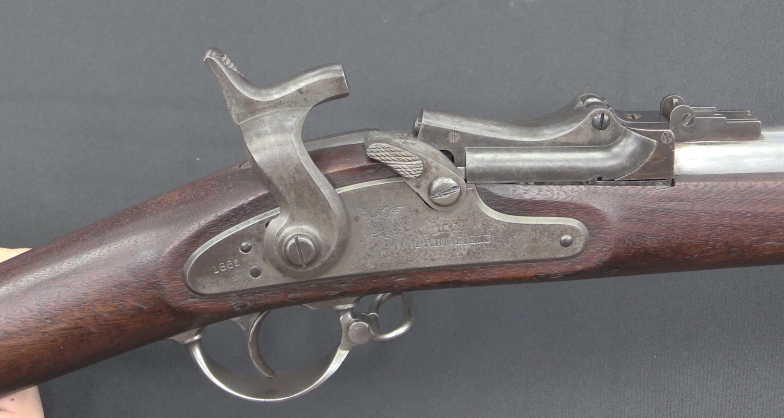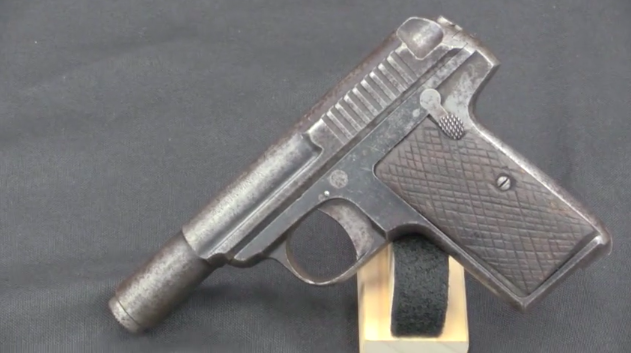I don’t normally have much interest in coffee-table books, and the Vickers Guide: AR-15 would definitely be considered a coffee-table book. That said, it is substantially different than most such books, and much more worthy of a place in a firearms reference library.
A coffee-table book, as I see it, is one which is based more on photographs than on text, and which is really suited for opening to a random page and browsing for a few seconds or a few minutes, without needing to be read in sequence – or really “read” at all. The problem with most of these is that they are thrown together by editors with no real understanding of firearms or history, and at least half populated by uninteresting pictures (usually accompanied by some bits of text originally written by Ian Hogg but washed through so many editors as to be meaningless). The Vickers Guide here is different because it was done with a very thorough knowledge of the history and a clear purpose.
The book begins with Eugene Stoner’s first prototype rifles, through the Hollywood AR10s to the different AI contract AR10s (Cuba, Guatemala, Sudan, Portugal), then to the prototype Armalite AR-15s, a variety of Colt prototypes (grenade launchers, belt fed guns, SMGs, LMGs, different sights, fire control groups, etc), and through the modern variants used by the US military. The progression makes sense, and the photographs do an excellent job showing the details of each different rifle. This book provides an excellent photographic companion to a technical reference history of AR pattern rifle development, as well as fulfilling the coffee-table role of being a pleasure to just page through.
It is only available directly from the publisher, and many people will find the price a bit steep at $95 for the basic book (more for an autographed copy or special edition). While some of that price comes from the Vickers brand being on it, it also comes from being an excellent-looking large-format book of glossy photographs. If you’ve been looking for a way to enjoy the process of memorizing the differences between the different AR10 contracts or the Colt 605, 606, 607, and 608, this is the book for you.




“coffee-table book, as I see it, is one which is based more on photographs than on text, and which is really suited for opening to a random page and browsing for a few seconds or a few minutes, without needing to be read in sequence”
Does Стрелковое оружие by Жук belongs here?
No, Daweo.
The book you mention is designed as a reference (at least as I see it). It has drawings of remarkable quality that show something.
Coffee-table books solely aim at showing “nice” photographs (in color, if possible). Whether the photographs show anything of interest to the serious reader, is of no interest to the editor/publisher. Showing attractive, pleasant photographs is the central purpose of coffee-table books. Not passing on informations of value.
Ok, thanks.
Not related to discussed book, but if IIRC Euroweasel once asked about .25 Auto high-capacity automatic pistol (probably in Sunngård automatic pistol thread) and I can’t give example at that time, but now after query I can.
I assumed that capacity 10 is enough for being “high” for automatic pistol, and I found in Zhuk book automatic pistols firing 6.35mm Browning cartridge and fulfilling my requirement in section Spanish knock-offs of Browning 1906:
LIBERTY automatic pistol with capacity 11, see 37-157 here:
http://www.earmi.it/armi/atlas/231.htm
and other of unknown name (to Zhuk) with capacity 12
Hello, any chance to see the table of content like you showed on the other video (AR 15 part II, or german WW2) ?
It could me helpfull to me
Thank a lot
Greeting from France